'Scale' Is the Hardest Interior Design Theory to Get Right — This Quick-Read Guide to It Will Change How You Decorate for Good
The way in which the elements of a design relate to one another and to the room matters, and this is what experts say you should know
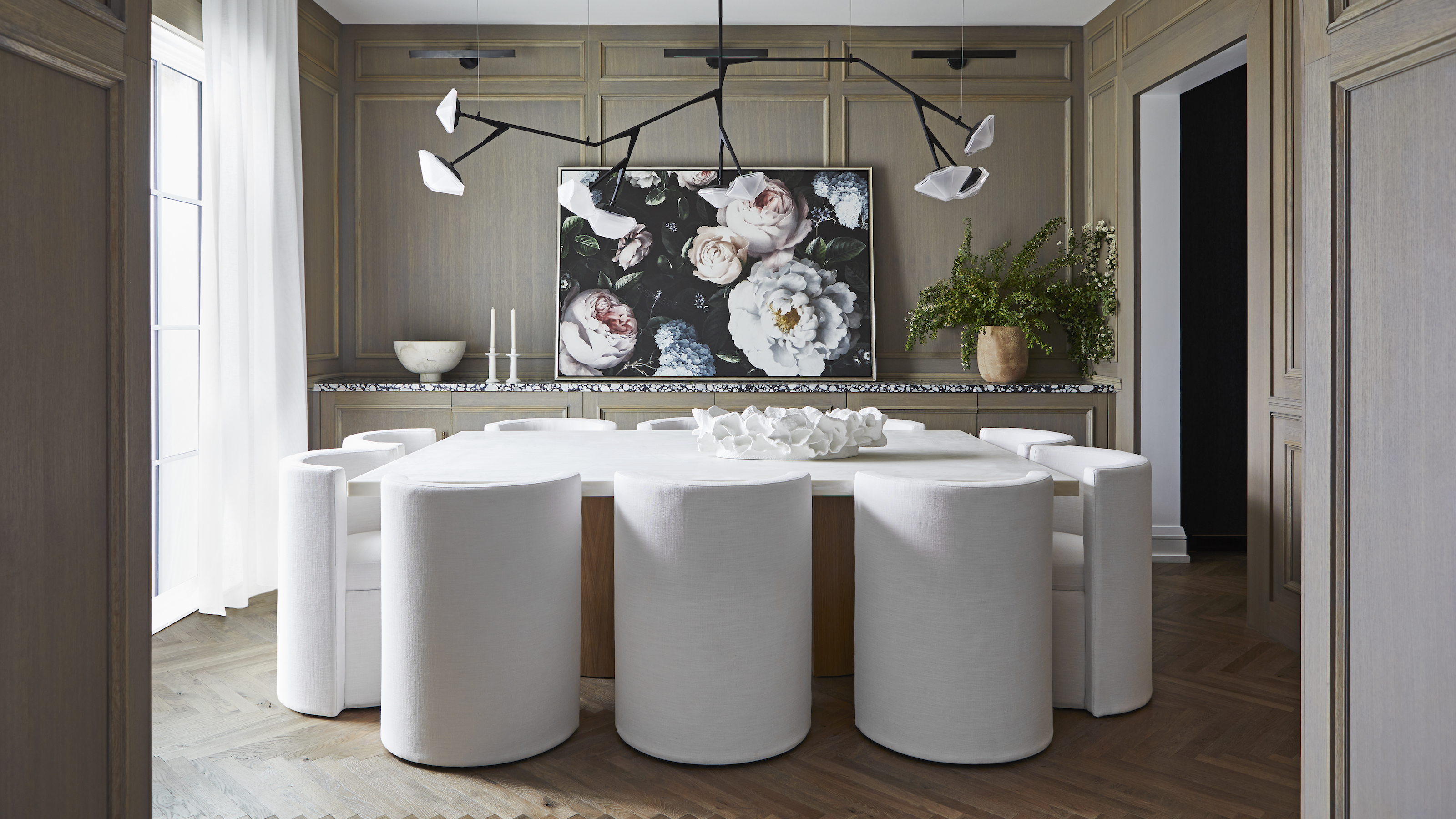

What size? It's the pressing question when designing your home, whatever element of it you're choosing. The interaction between things that feel large and things that feel small is the tightrope walk which adds the tension to your scheme, and that translates into a sense of sophistication in the final design.
Scale in interior design is an important concept to understand, especially considering it is vital in order to create aesthetically pleasing spaces that are comfortable to use. From decisions like selecting a sofa for a living space to curating an entirely new room design, considering scale — and how one design element relates to another — is a must.
The relative size of furniture, patterns, decorative objects, and more are important in interior design, as are the proportions of colors. No professional would fail to take them into account, and to confidently make choices for your own home, it’s crucial to follow their lead.
Once learned, though, the principles of scale in interior design will stay with you whether you’re embarking on large projects or putting together vignettes. Below, we've shared the expertise you need to get it right.
What is Scale in Interior Design?
The concept of scale in interior design takes into account both the room’s dimensions and the size of furniture and décor within it, both relative to one another and to the room. When considering scale, it's also important to think about is proportion: The ratio between two or more things.
Why Is Considering Scale in Interior Design So Important?
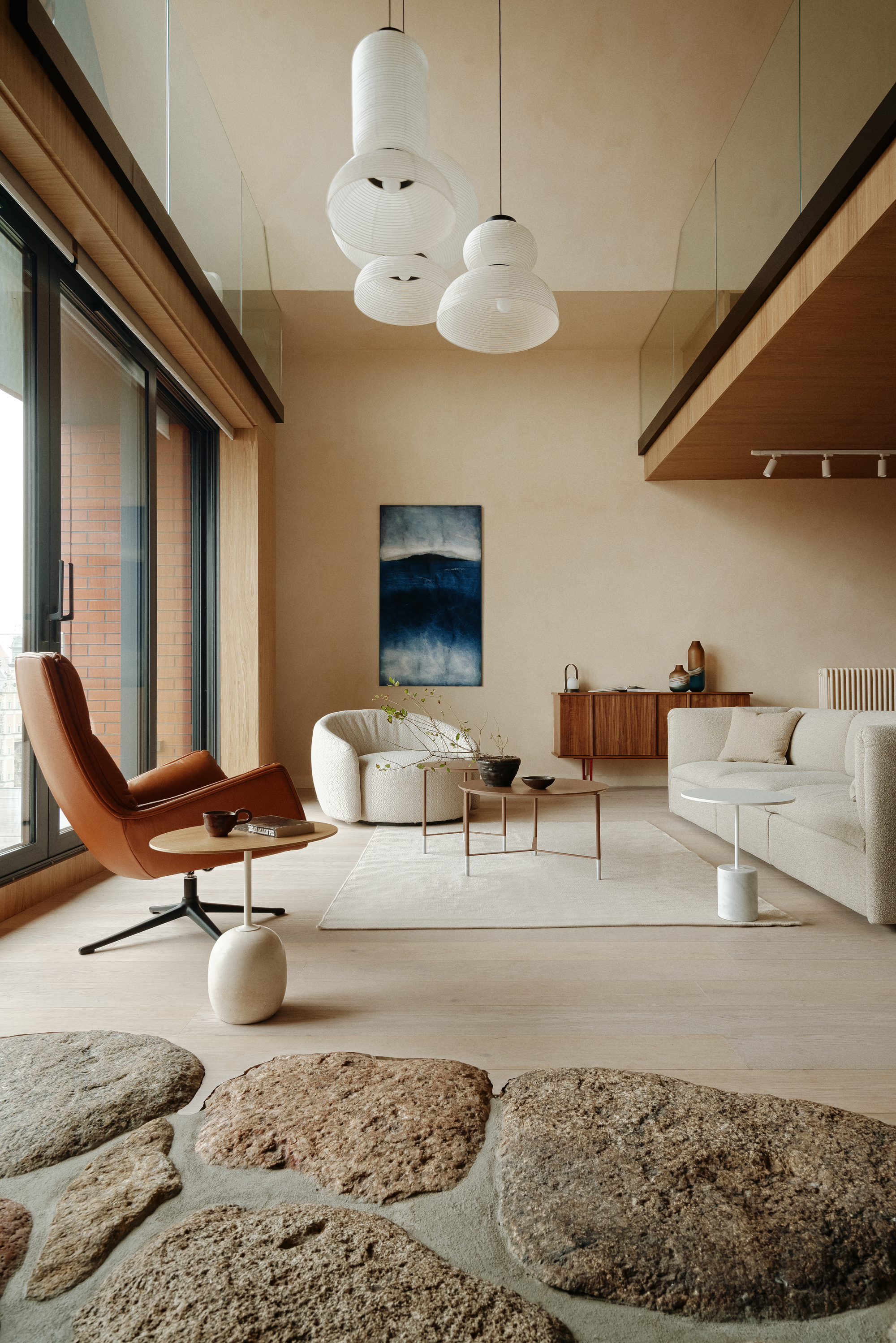
Without a consideration of scale, a design simply won’t be successful. “Scale and proportion are essential to creating a space that feels both visually harmonious and emotionally comfortable,” says Erica McLain of McLain by Design Interiors. “They ensure that every element — from the height of a bookshelf to the scale of a pattern on a throw pillow — contributes to a cohesive and balanced design.”
Moreover, a space with good contrast between scales will instantly feel more expensive, adds Jordy Murray of boutique New York City interior design studio Friends of Form. The reason? “Because your eye moves naturally through the room instead of getting stuck on one focal point.”
A Guide to Determining Scale for Different Design Elements
Scaling Furniture

Choose furniture sized to the room, but avoid sameness. “The furniture in a room should complement its size and function while maintaining a sense of balance and flow,” says Erica McLain. “Large furniture pieces can serve as anchors, but they mustn’t dominate to the point of making the space feel heavy or cramped."
For example, working out what size couch you need requires assessing not only the size of your living room, but also how it will sit within the space and impact movement and flow.
"Similarly, smaller pieces need to hold their own, offering functionality and presence without feeling lost or insignificant," adds Erica. "Achieving this balance often means blending different scales of furniture — for example, a low-slung sofa paired with an oversized, sculptural armchair creates both contrast and cohesion.
“Every piece should also relate to the overall dimensions of the room; for instance, in spaces with high ceilings, taller furniture can accentuate the verticality, while horizontally oriented pieces might better suit rooms with lower ceilings, encouraging a sense of spaciousness,” she adds.
Scaling Patterns
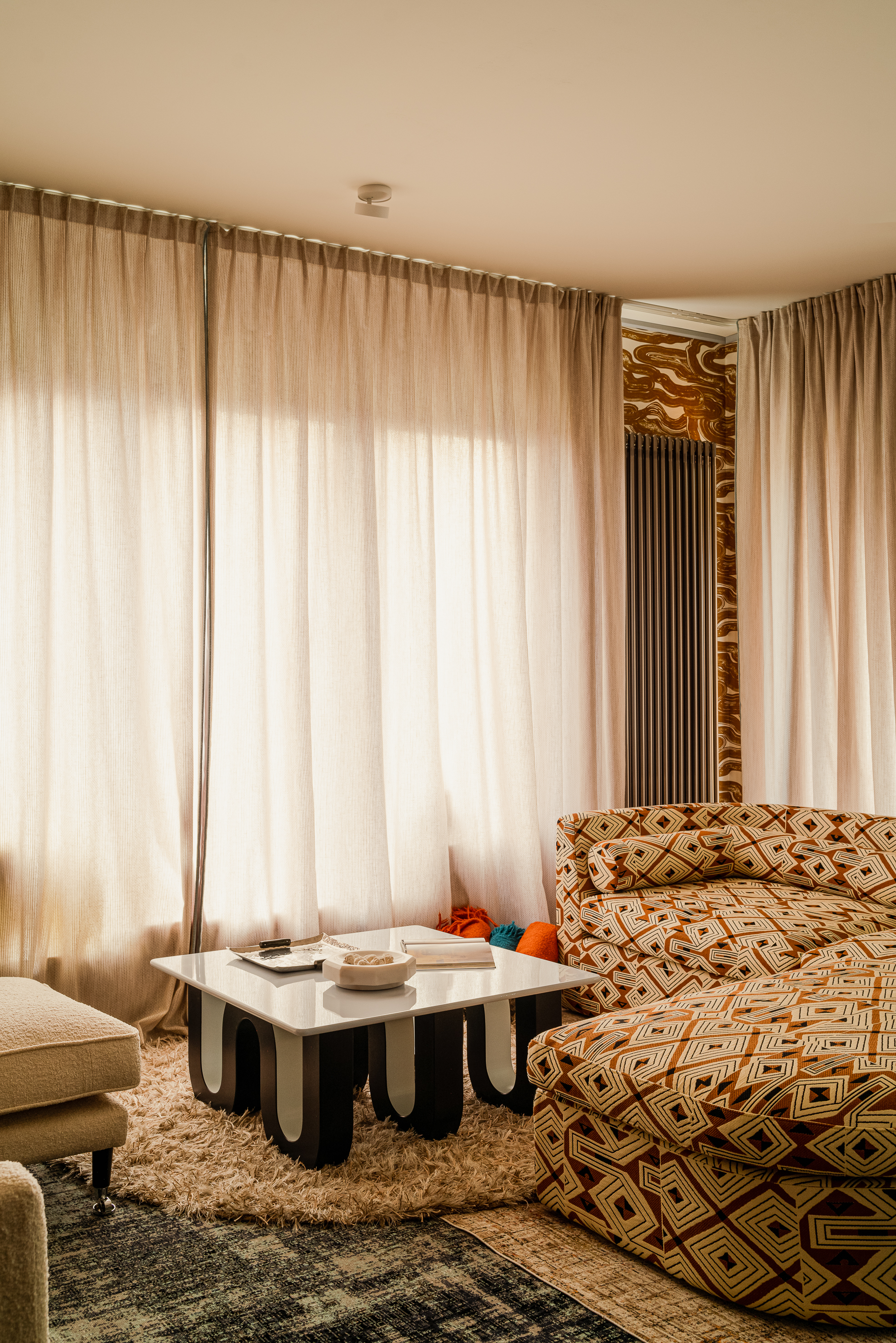
It's important to think about both pattern’s relationship to the room and to other patterns in it. “Large-scale patterns can make a dramatic statement, commanding attention and adding energy to a space,” says Erica McLain. “However, they work best in rooms with ample space to let them breathe. In more intimate settings, smaller patterns provide intricate detail that enriches the design without overwhelming it.
“Layering patterns of different scales — such as pairing a large, botanical print on drapes with a smaller geometric motif on pillows — creates depth and visual intrigue,” she advises. But it's vital that you understand how to pattern clash or pattern drench to ensure the space looks balanced, rather than busy and overwhelming.
Scaling Accessories
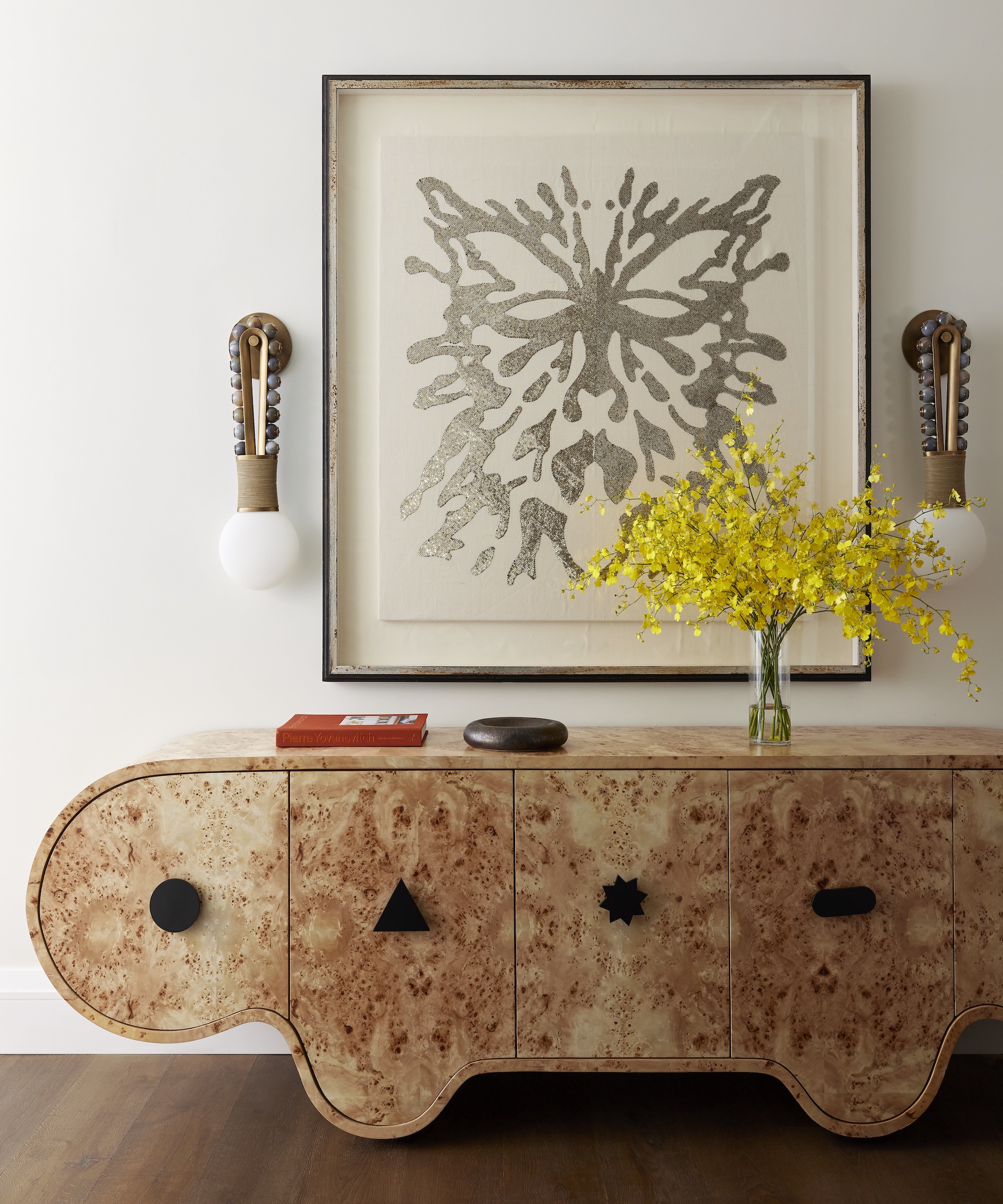
The scale of accessories matters as much as that of larger items. “Decorative accessories should complement the scale of the furniture and the overall room proportions to achieve a polished, intentional look,” says interior designer Ali Budd.
“Start by varying the sizes of your accessories to create visual interest — pairing a tall vase with smaller objects like books or candles, for example, can add depth and dimension," says Ali. "Pay attention to balance in interior design, ensuring that larger pieces, like oversized sculptures or framed art, are given enough space to stand out without overwhelming the area. Vertical and horizontal elements should work together harmoniously: tall objects can fill vertical space, while wide trays or grouped objects can ground a surface.”
Scaling Color Proportions
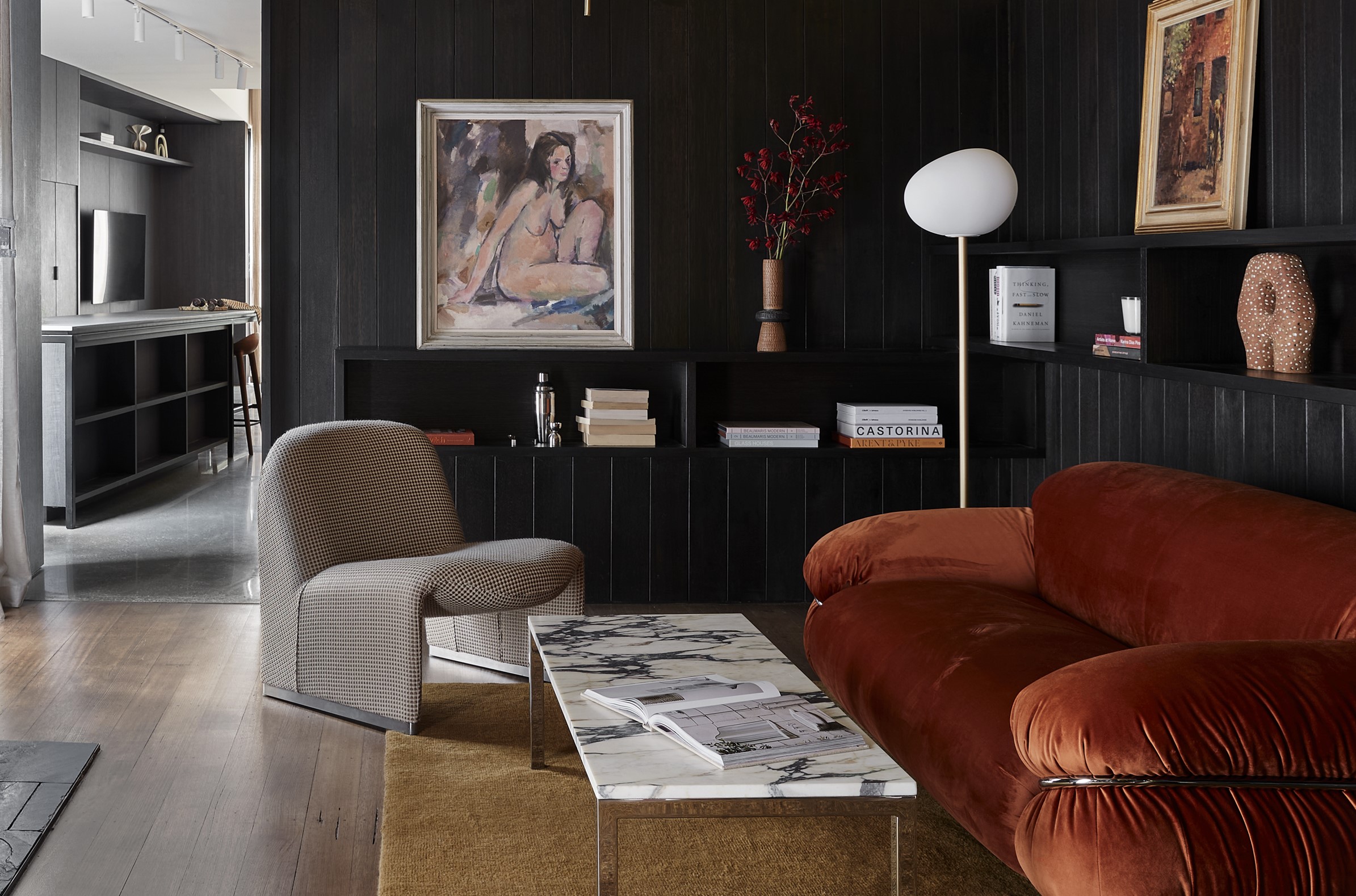
Proportions are key when it comes to an interior’s color palette. “A balanced aesthetic often begins with the tried-and-true 60-30-10 rule,” says Erica McLain. “This approach provides a visually harmonious foundation while allowing room for personality.”
But she points out that this ratio can be extended beyond walls and furniture to patterns and accessories. “For example, if a rug features a bold pattern, it might dominate the 30 per cent proportion, with the remaining colors playing supporting roles," she explains, adding, "When mixing patterns, limit strong hues to the smaller percentage, ensuring they don't overpower the room.”
Now that you understand scale in interior design, we'd recommend getting yourself well versed in other important concepts of interior design, including understanding the importance of negative and positive space in interior design, and how they impact a room.
Be The First To Know
The Livingetc newsletters are your inside source for what’s shaping interiors now - and what’s next. Discover trend forecasts, smart style ideas, and curated shopping inspiration that brings design to life. Subscribe today and stay ahead of the curve.

Sarah is a freelance journalist and editor. Previously Executive Editor of Ideal Home, she’s specialized in interiors, property and gardens for over 25 years. She’s written for websites including Houzz, Channel 4’s flagship website, 4Homes, and Future’s T3; national newspapers including The Guardian; and brands including Future’s Homes & Gardens, Country Homes & Interiors, Homebuilding & Renovating, and Period Living, as well as House Beautiful, Good Homes, Grand Designs, Homes & Antiques, and The English Home among others. It’s no big surprise that she likes to put what she writes about into practice, and is a serial house renovator.
-
 The 'New British' Style? This Victorian London Home Embraces Its Owners' Global Background
The 'New British' Style? This Victorian London Home Embraces Its Owners' Global BackgroundWarm timber details, confident color pops, and an uninterrupted connection to the garden are the hallmarks of this relaxed yet design-forward family home
By Emma J Page
-
 Muji Living Room Ideas — 5 Ways to Harness The Calming Qualities of This Japanese Design Style
Muji Living Room Ideas — 5 Ways to Harness The Calming Qualities of This Japanese Design StyleInspired by Japanese "zen" principles, Muji living rooms are all about cultivating a calming, tranquil space that nourishes the soul
By Lilith Hudson